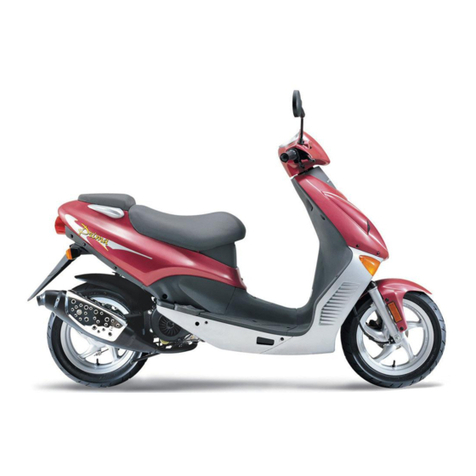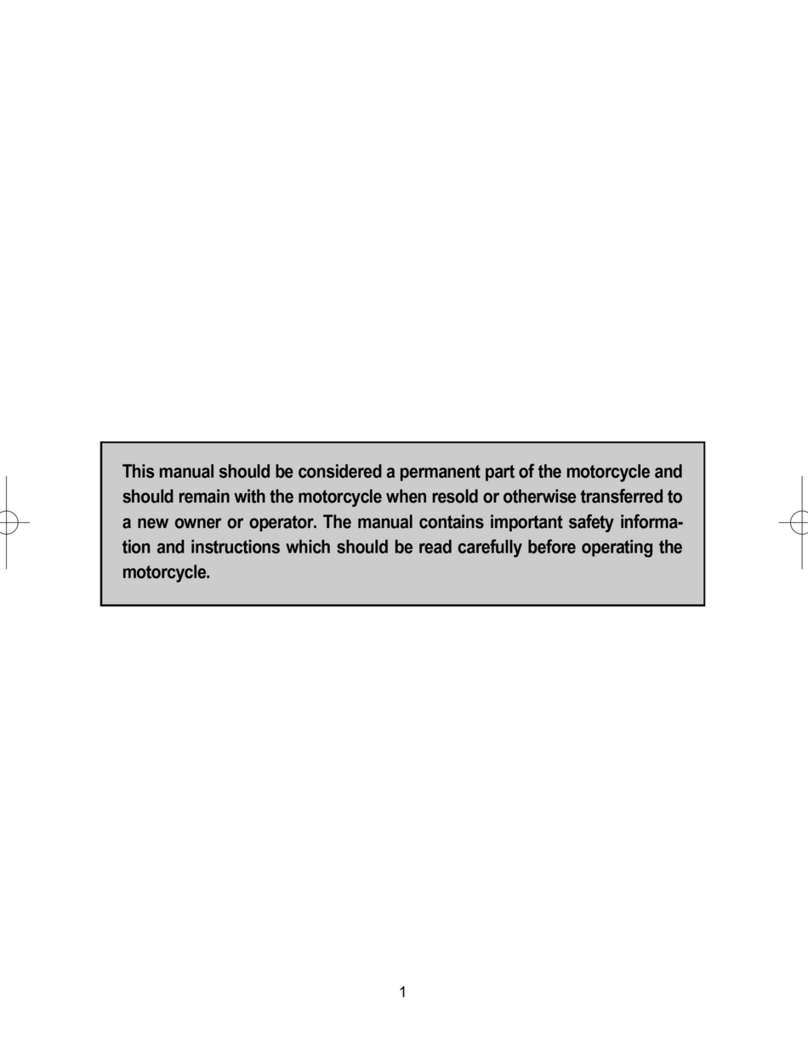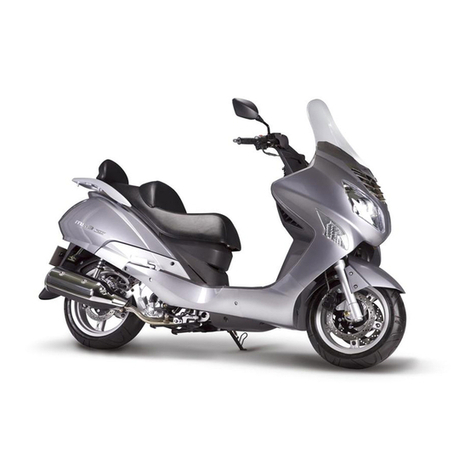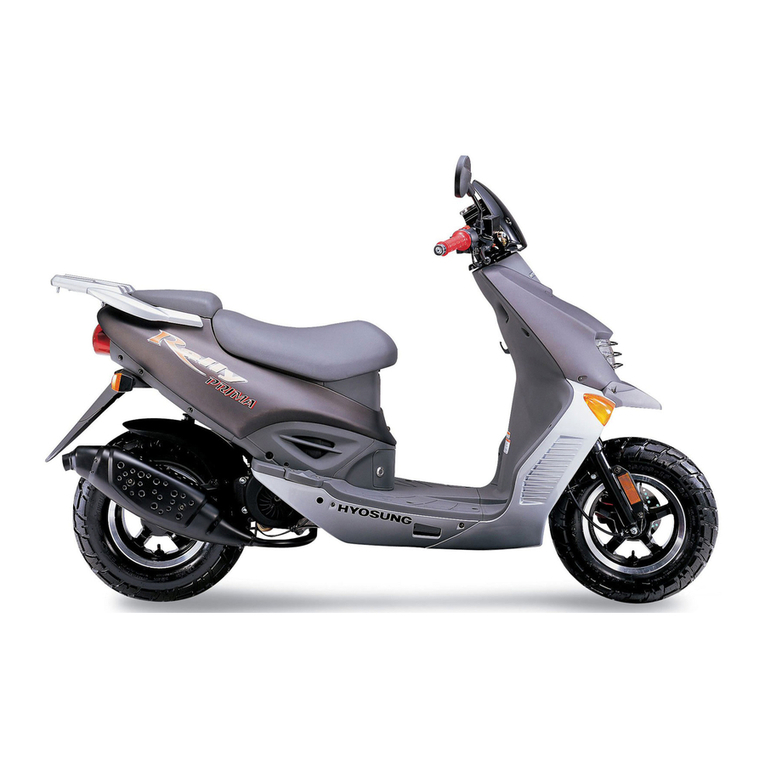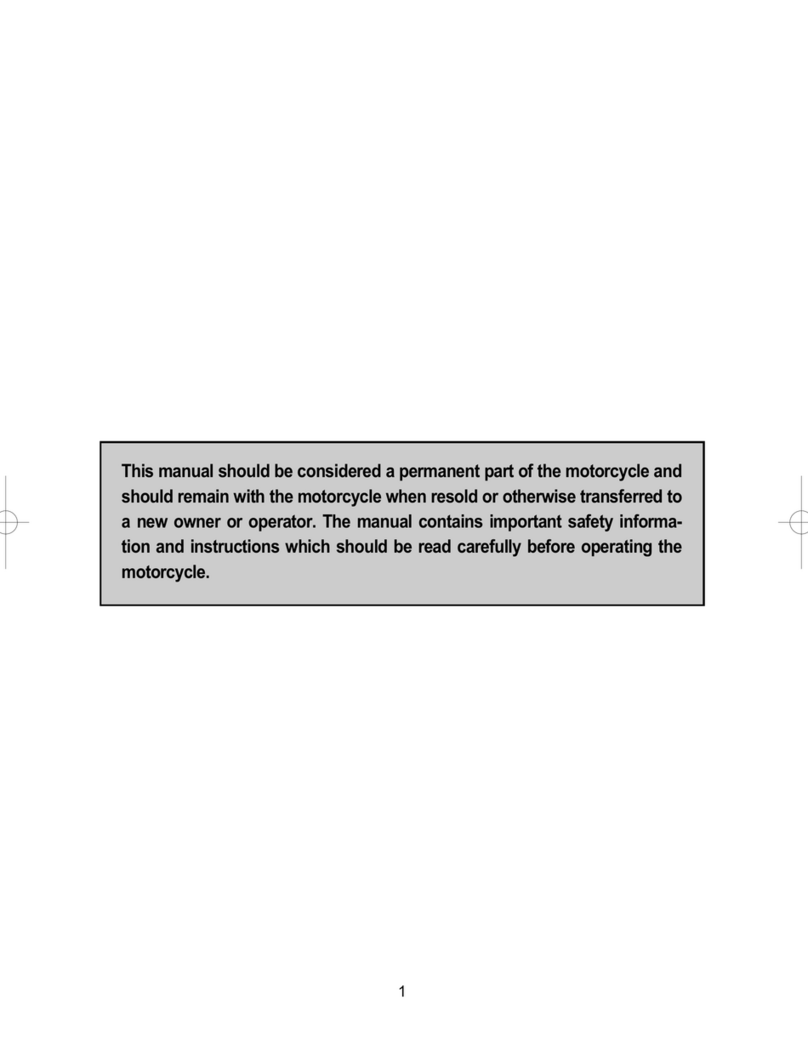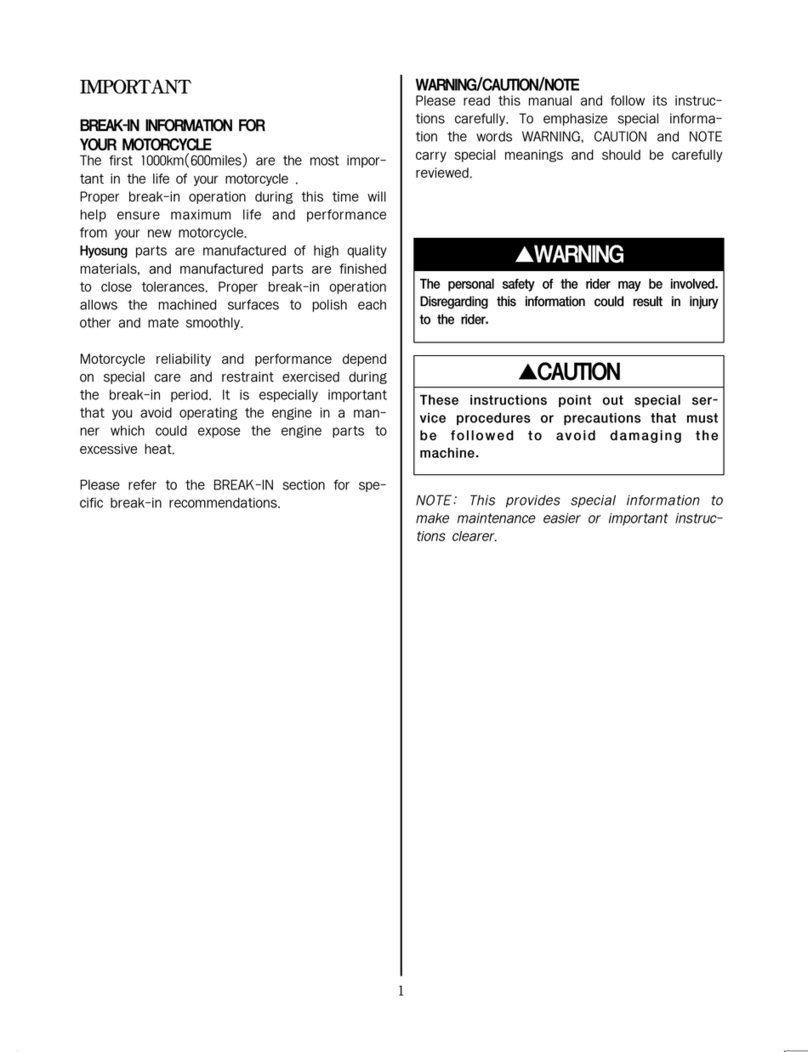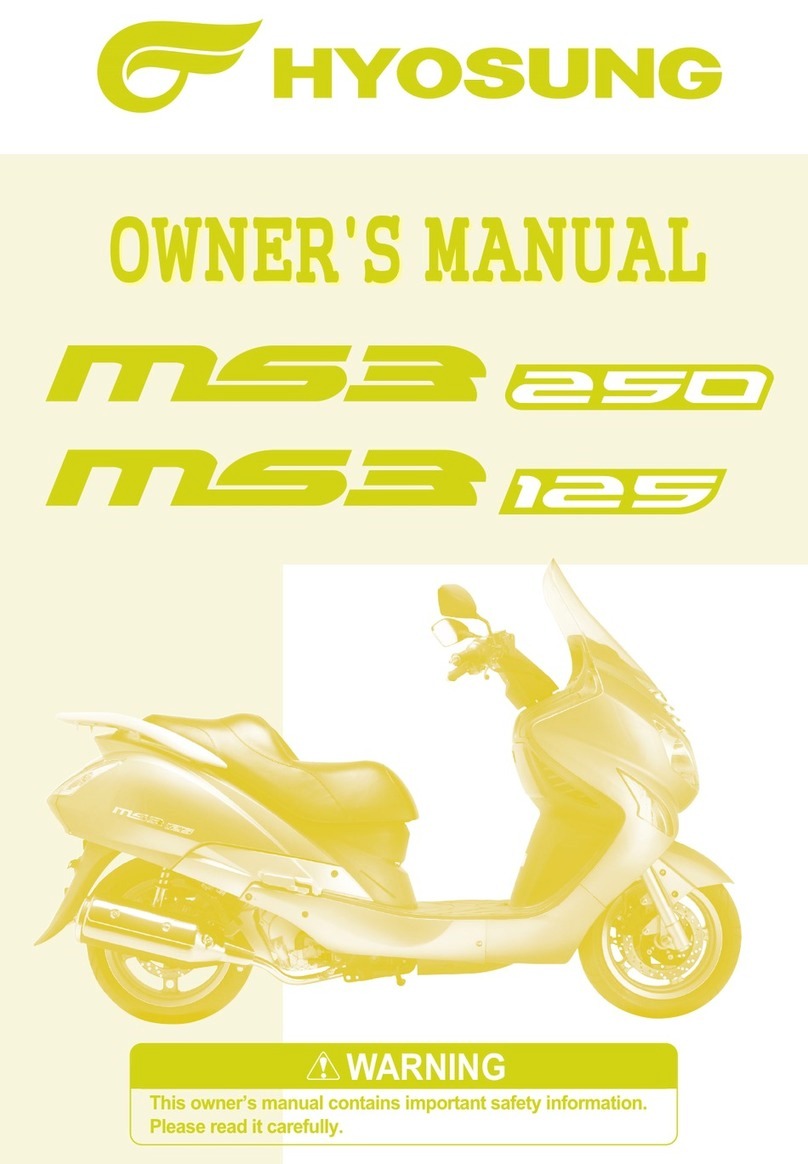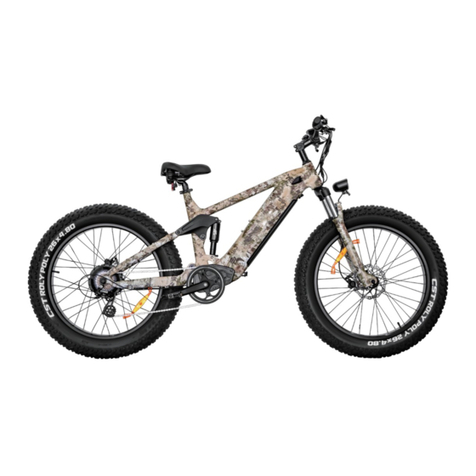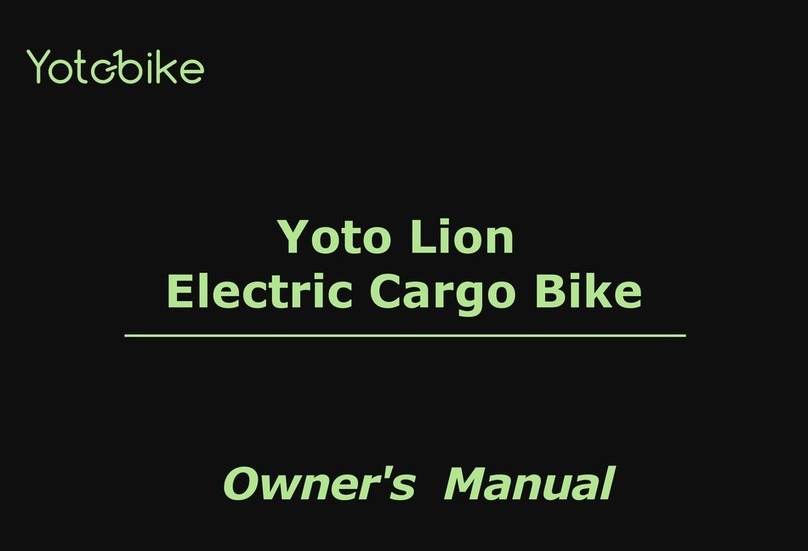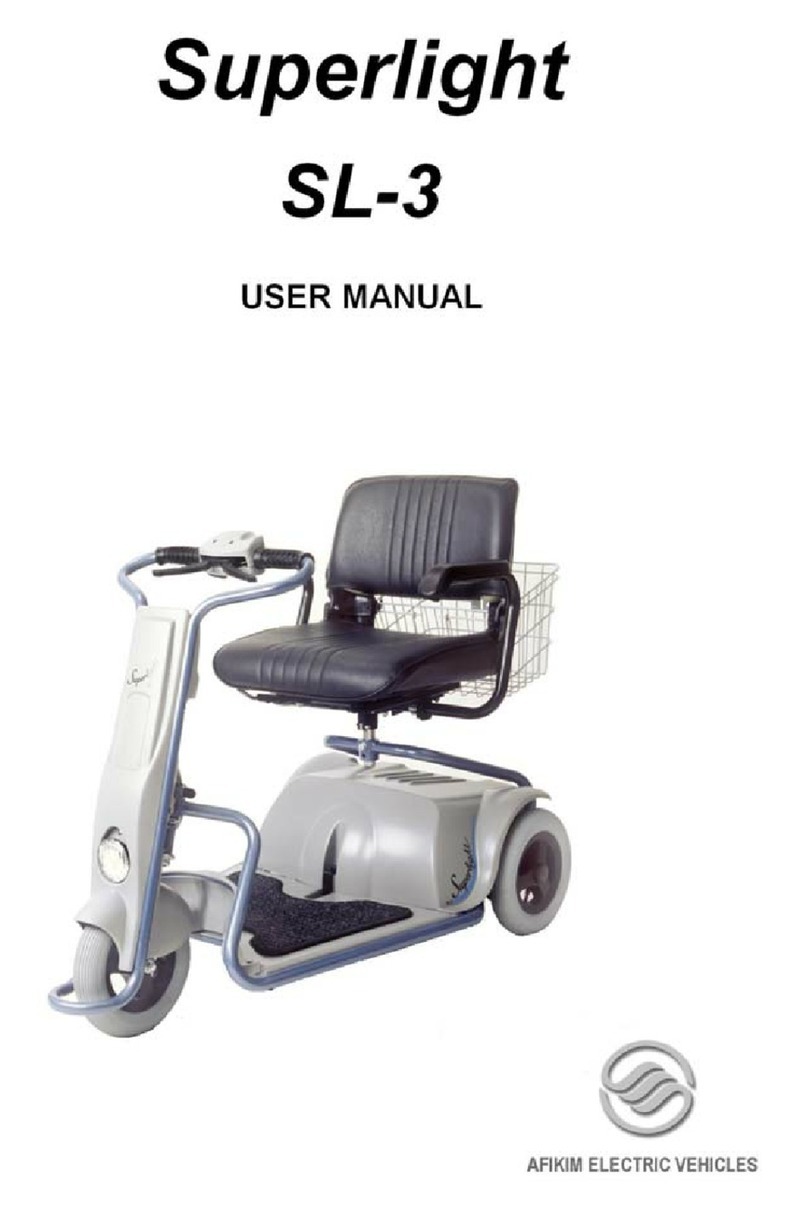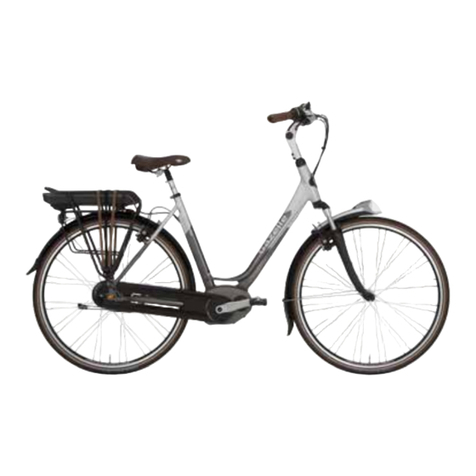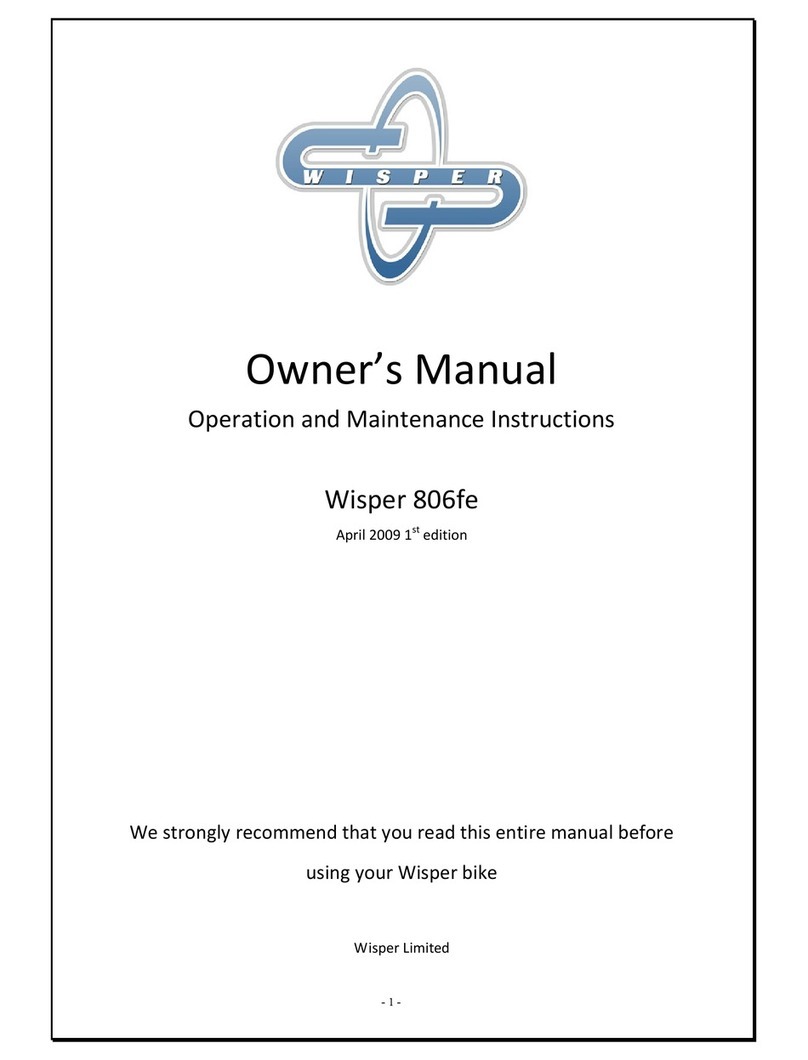4
There are a great variety of accessories available to
Hyosung owners. Hyosung can not have direct
control over the quality or suitability of accessories
you may wish to purchase except genuine parts.
The addition of unsuitable accessories can lead to
unsafe operating conditions. It is not possible for
Hyosung to test each accessory on the market or
combinations of all the available accessories, how-
ever, your dealer can assist you in selecting quality
accessories and installing them correctly.
Use extreme caution when selecting and installing the
accessories for your Hyosung. We have developed
some general guidelines which will aid you when
deciding whether, and how to equip your motorcycle.
1. In case that additional weight or aerody-
namic affecting accessories are installed, they
should be mounted as low as possible, as
close to the motorcycle and as near the center
of gravity as is feasible. The mounting brack-
ets and other attachment hardware should
be carefully checked to ensure that it pro-
vides for a rigid, nonmovable mount. Weak
mounts can allow the shifting of the weight
and create a dangerous, unstable condition.
2. Inspect for proper ground clearance and bank
angle. An improperly mounted load could criti-
cally reduce these two safety factors. Also
determine that the
loaddoes not interfere
with the operation of the suspension steering
or other control operations.
3. Accessories fitted to the handlebars or the
front fork area can create serious stability
problems. This extra weight will cause the
motorcycle to be less responsive to your
steering control. The weight may also cause
oscillations in the front end and lead to
instability problems. Accessories added to
the machine should be as light as possible
and kept to a minimum.
4. The motorcycle may be affected by a lifting con-
dition or by an instability in cross winds or when
being passed or passing large vehicles.
Improperly mounted or poorly designed acces-
sories can result in an unsafe riding condition,
therefore caution should be used when selecting
and installing all accessories.
5. Certain accessories displace the rider from his or
her normal riding position. This limits the free-
dom of movement of the rider and may limit his
or her control ability.
6. Additional electrical accessories may over
load the existing electrical system. Severe
overloads may damage the wiring harness or
create a dangerous situation due to the loss
of electrical power during the operation of
the motorcycle.
When carrying a load on the motorcycle, mount it as
low as possible and as close as possible to the
machine. An improperly mounted load can create a
high center of gravity which is very dangerous and
makes the motorcycle difficult to handle. The size of
the
loadcan also affect the aerodynamics and
handling of the motorcycle.
Balance the load between the left and right side of
the motorcycle and fasten it securely.
MODIFICATION
Modification of the motorcycle, or removal of
original equipment may render the vehicle
unsafe or illegal.
ACCESSORY INSTALLATION AND
PRECAUTION SAFETY TIPS
SAFE RIDING RECOMMENDATION
FOR MOTORCYCLE RIDERS
Motorcycle riding is great fun and an exciting
sport. Motorcycle riding also requires that some
extra precautions be taken to ensure the safety of
the rider and passenger. These precautions are:
CONSUMER INFORMATION


